Manage and Leverage Your Confidence
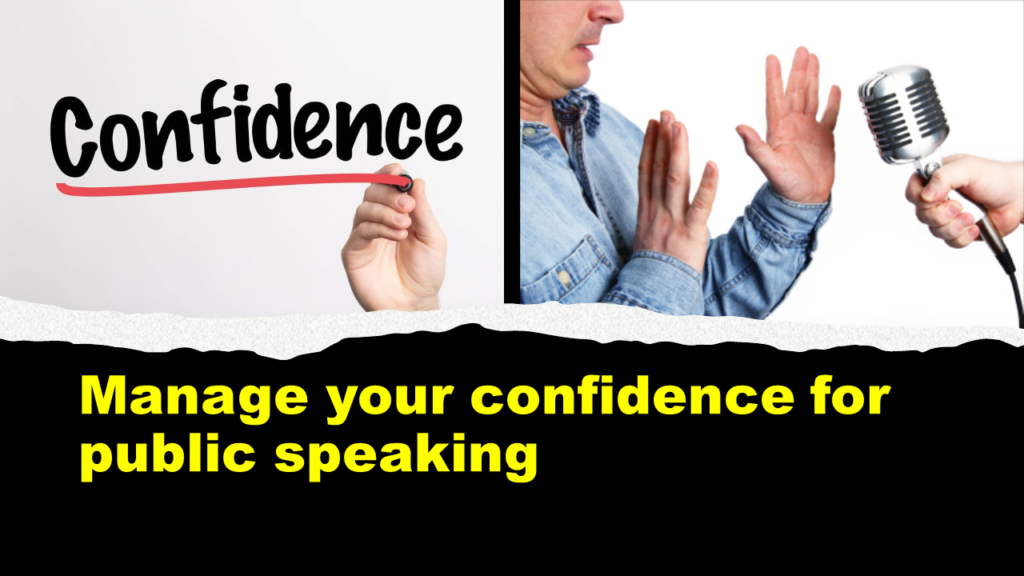
It is not about you. It’s about your audience. What did they see, hear, believe and feel? That means that during your presentation you might experience those moments of anxiety – but the audience doesn’t need to know. Confidence starts by becoming comfortable with being uncomfortable.
The Chicken Was Better Than the Luncheon Speaker because…

Instead, he parked himself behind the lectern and boringly read the speech that someone wrote for him. Cleary the speech writer wanted to demonstrate his vocabulary by including several ten-dollar words. That doesn’t enhance comprehension, rapport or trust.
Establish Your Credibility and Build Trust
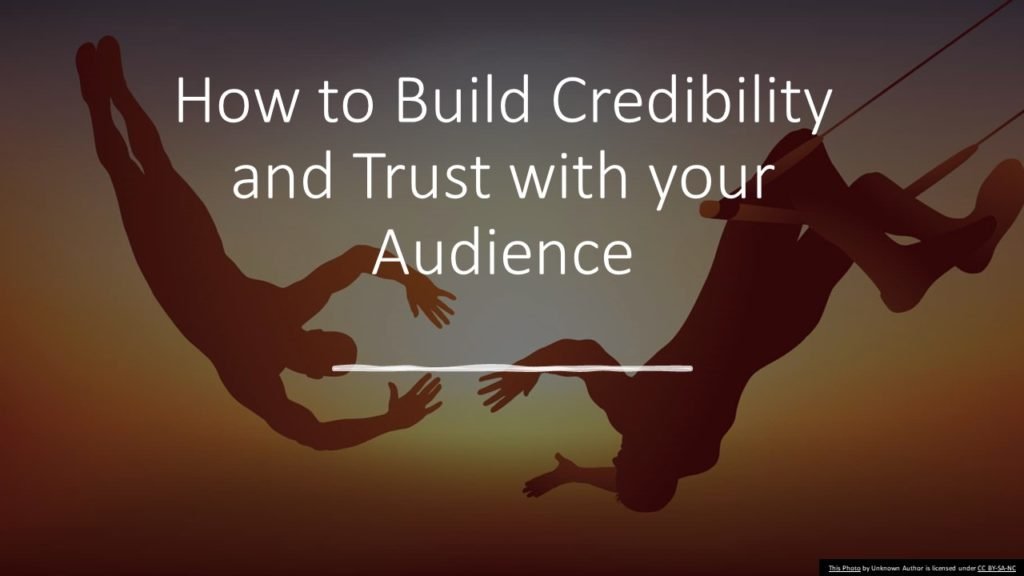
To persuade your audience to act on your message they must believe you. To be believable you must be both credible and earn their trust. If you don’t have credibility, no one will listen. If you have credibility but your audience does not trust you, they will not believe you.
How to Build Rapport and Connect with Your Audience
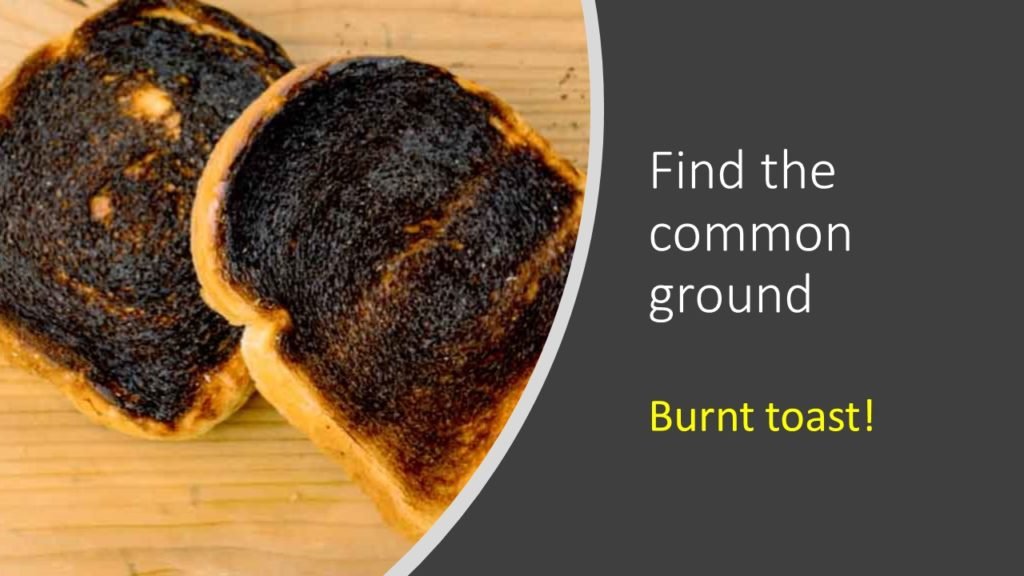
Do you want your message to resonate with your audience? The message is more likely to land well, be received and trusted if you have connected with your audience. They must know, like and trust you. How can you accomplish that? By building rapport rapidly near the beginning of your presentation.
How to Introduce your Guest Speaker – live or virtual

Introduce Your Guest Speaker with Bravado
When you are asked to introduce a guest speaker, grab the opportunity because it’s a chance to practice your speaking skills and connect with the speaker.
An introduction is a mini speech. Remember you are not the star so don’t try to steal the stage from the guest speaker. The audience didn’t show up to listen to your introduction so don’t try to be the entertainment. The speaker will appreciate a warm and inviting introduction.
A Successful Presentation Starts and Succeeds with a Clear Purpose

I asked him to clarify the purpose of this presentation. That’s the first place for you to start when designing, reviewing and adapting your presentation. That’s also how you should measure the success of your presentation. He paused briefly to think about that, then started to ramble. I smiled and cut him off. “What do you want people to think, feel or do after your presentation?” I could see the light bulb go on in his mind.
Think, feel or do?
Do Not Sabotage Your Message with Filler Words
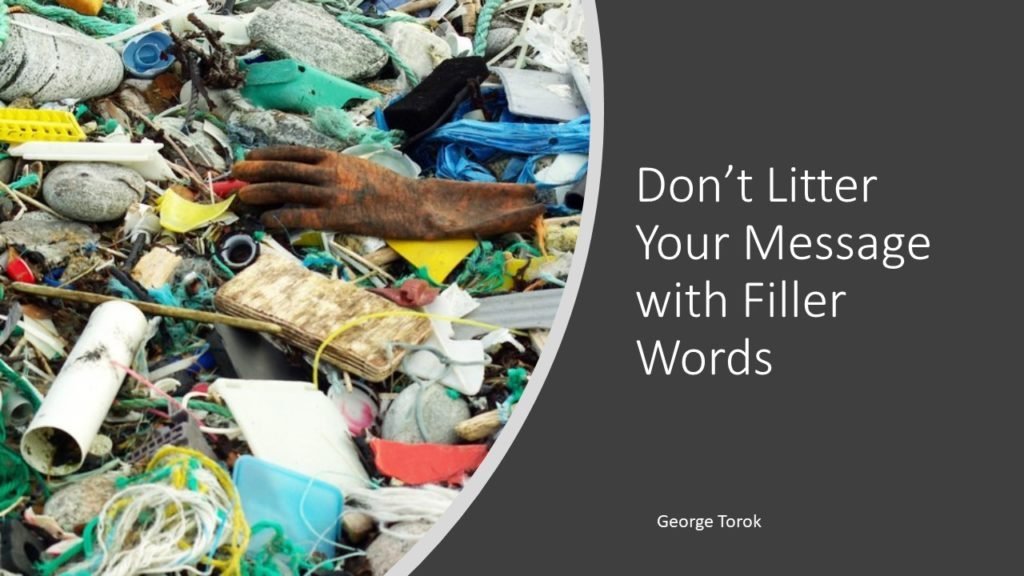
Reread that and see if you can pick out the filler words that steal energy from this speech. Imagine if you used these words in your presentation. What might that do to poison your intended message? Picking out the filler words is the first step to eliminate them. It starts with you becoming aware. Start listening to what you say when you speak…. ah, umm, like so, okay, right, you know…
Grab Attention when You Open Your Presentation with Contrast

Open Your Presentation with Contrast to grab Attention. Why open you presentation with contrast? To grab attention, to engage, to trigger thinking. To highlight the difference between two opposite choices and the resulting outcomes. To create curiosity, stimulate interest and insight intrigue.
How to Tell Your Stories

The best speakers tell stories. Your audience forgets most of what you said in your presentation. They forget your name. If they remember anything, it’s your best stories. You know it was an effective story when they repeat it to others. They might not repeat it word for word – but they convey the essence of your message. That makes your presentation story a success.
Public Speaker: Do Not Think on your Feet
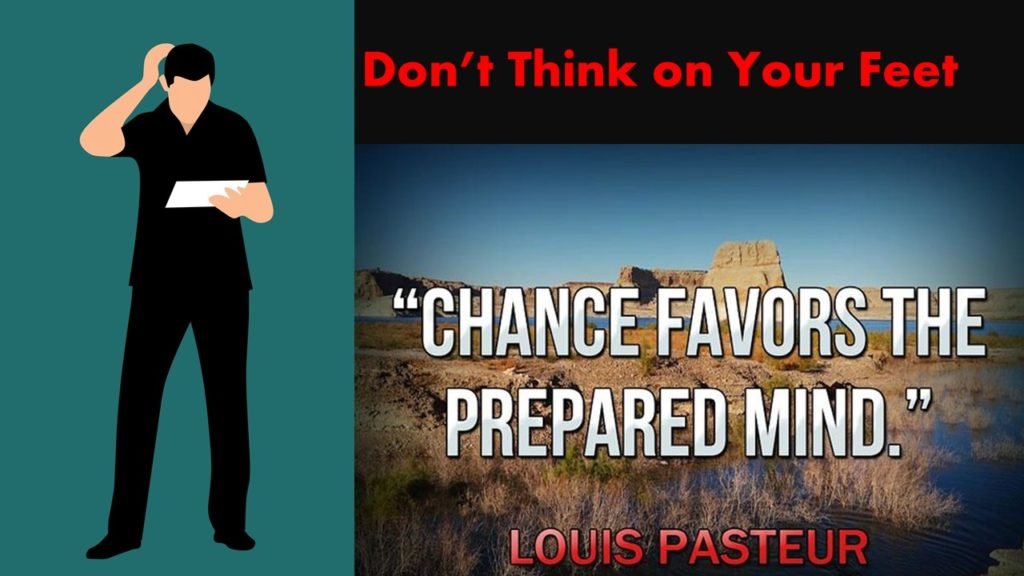
When it’s your turn to speak don’t try to think on your feet. It’s too dangerous. When you try to wing it you leave too much to chance. You might be sharp today. Or, you might be ill or even in a foul mood. Thinking on your feet is experimenting with your audience. Don’t gamble the success of your presentation on the throw of the dice.
